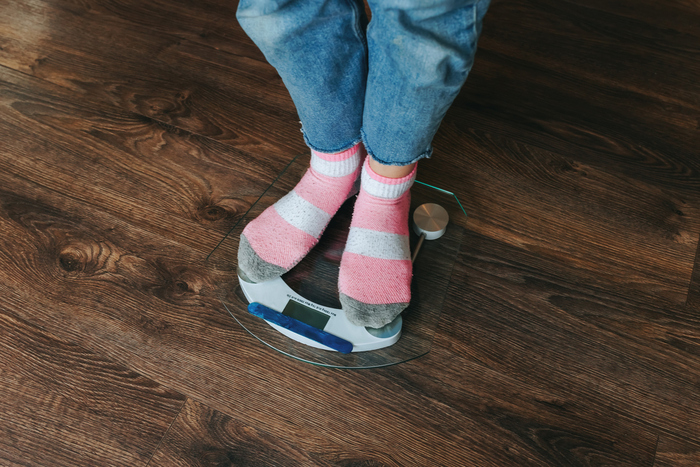Eating disorders are growing, also due to the pandemic, and their onset is increasingly precocious, starting from 12 years of age. A phenomenon that especially affects the female sex and on which psychologists and psychiatrists invite attention in view of the National Day of the Lilac Bow against this type of disorder, which is celebrated on March 15, underlining how today an unprecedented help can however come from the new virtual reality.
Reduction in nutrition up to skipping meals or, on the contrary, abandonment to compulsive binge eating, obsessive counting of calories and weight, excessive physical activity, mood swings and reduced contact with the outside world: these are just some of the main bells of alarm that manifests those who suffer from Eating Disorders (DCA) such as anorexia nervosa, bulimia nervosa and uncontrolled eating disorder (Binge Eating).
An increasing public health problem, reports the Italian Society of Child and Adolescent Neuropsychiatry (Sinpia): “Eating disorders are a complex world – explains Elisa Fazzi, president of Sinpia and Director of Neuropsychiatry of the Childhood and Adolescence at the Spedali Civili and the University of Brescia – and in more recent years we have observed a progressive lowering of the age of onset, so much so that it no longer concerns only adolescents, but also prepubescent boys and girls, with more serious on body and mind.
The identification and timely and multidisciplinary intervention are decisive for a better prognosis”. Dca afflict over 55 million people worldwide and over 3 million in Italy, equal to about 5% of the population: 8-10% of girls and 0.5-1% of boys suffer from anorexia or bulimia The incidence has recently increased by 30% due to the pandemic and the peak is above all among the very young, affected up to four times more than in the period pre-Covid, due to isolation, forced stay at home, school closures and the cancellation of social engagement initiatives.Moreover, 90% of those suffering from these disorders are female compared to 10% of males; 59% of cases are between 13 and 25 years of age, 6% are less than 12 years old.
Compared to the most frequent diagnoses, anorexia nervosa is represented in 42.3% of cases, bulimia nervosa in 18.2% and binge eating disorder in 14.6%. From a recent all-Italian study, published in the International Journal of Environmental Research and Public Health, new therapeutic approaches based on virtual reality also emerge with important results in subjects suffering from anorexia nervosa. This technology, the experts explain, allows patients to be immersed in a virtual environment that adapts to their psychological state and can be particularly suitable for adolescents if presented as a game. In general, the implementation of virtual reality in clinical settings can also foster greater patient participation by increasing their trust in real-world experiences. At each stage of development, including pre-adolescence, “possible risks and vulnerabilities may in any case correspond. In this period – concludes Fazzi – the family and the school are fundamental in identifying the first signs of risk as a form of safeguarding and protecting the health of children and adolescents”
breaking latest news © Copyright ANSA

